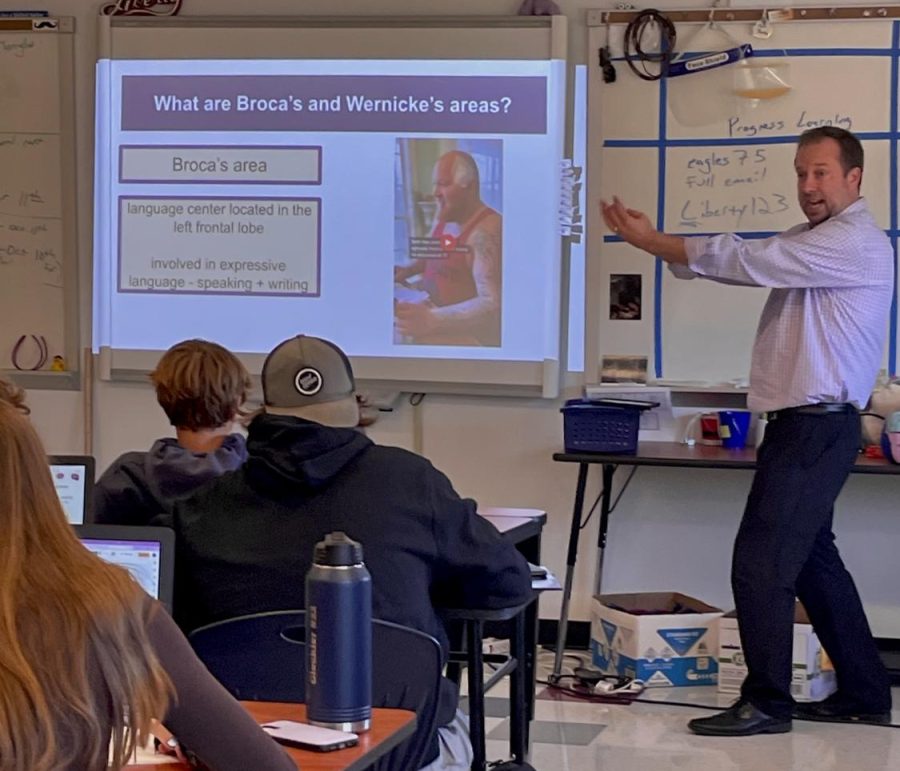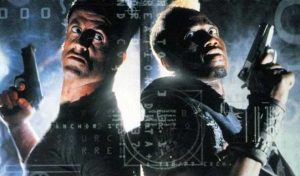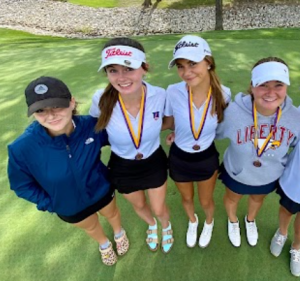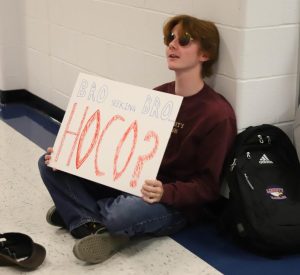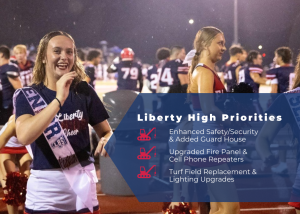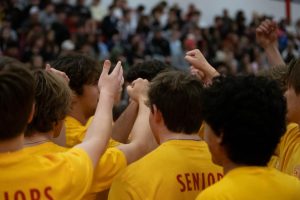AP Psych Children’s Book Competition
Mr. Barker created a project for students to make their own children’s book about the different parts of the brain
Mr. Barker teaches his AP Psychology class about the parts of the brain.
October 4, 2022
Mr. Barker is currently having students create their own children’s book that incorporates the different parts of the brain. The criteria is for all students to somehow include certain parts of the brain into their own children’s book… and of course, to have fun and be creative. These books are being created with 1-4 people in a group. These groups can include students in the same class, a different hour, or not even in the class at all.
Barker doesn’t exactly remember where he got this idea, but he discovered this idea when attending an AP training course in Chicago. He got the chance to meet with a teacher named Terrie Listenberger. In that class, many of the other teachers were able to share beneficial material to bring back to the classroom.
“I have looked far and wide for fun projects so it doesn’t get boring,” Barker said. “I try to make it as fun as I can, because I realize we learn more when we’re having fun, it feels like we accidently learn that kind of thing.”
This project isn’t only fun and creative, but is worth a lot of points, and has a huge extra credit opportunity for students. Barker is giving extra credit for students who go above and beyond with this assignment, but there is also going to be an even bigger extra credit opportunity.
Barker will be choosing the best of the best books that students have created, and will send them to child development teacher Mrs. McFadden. McFadden will then read these chosen books to some children ages 2-4. After she reads these books, the children will vote on the book they liked the best. The book with the most votes will not only win the overall competition, but the students who created the chosen book will receive an automatic 100% on that unit test, the unit FRQ (free writing question) and get 145% on the project.

Barker says he gives this project out “as a way to kind of balance out the rigor and difficulty of the course.”
He goes on and says,“There’s a lot of students taking AP classes for the first time and psych might be that first class. You know it’s really hard when you walk into something for the first time, and I want to make sure I balance the playing field and give them chances to show that they’re learning along the way.”
Barker has held this competition for about seven years now and loves to see his students’ creative work. He believes learning the parts of the brain is the hardest part of the course, and he wants to make sure students understand the material that is being given to them.
Barker states, “By physically manipulating something you’re going to learn, you can better understand the material than just listening to a lecture or reading a book.”
Barker understands that learning the parts of the brain is a very important thing to learn, but the parts of the brain are just the surface when learning psychology as a whole.
“It’s not only really complicated, it’s also really important and unlocks the whole class,” Barker says.
Learning the parts of the brain allows you to understand the reasoning behind other parts of the brain and criteria that will be taught throughout the whole course.


